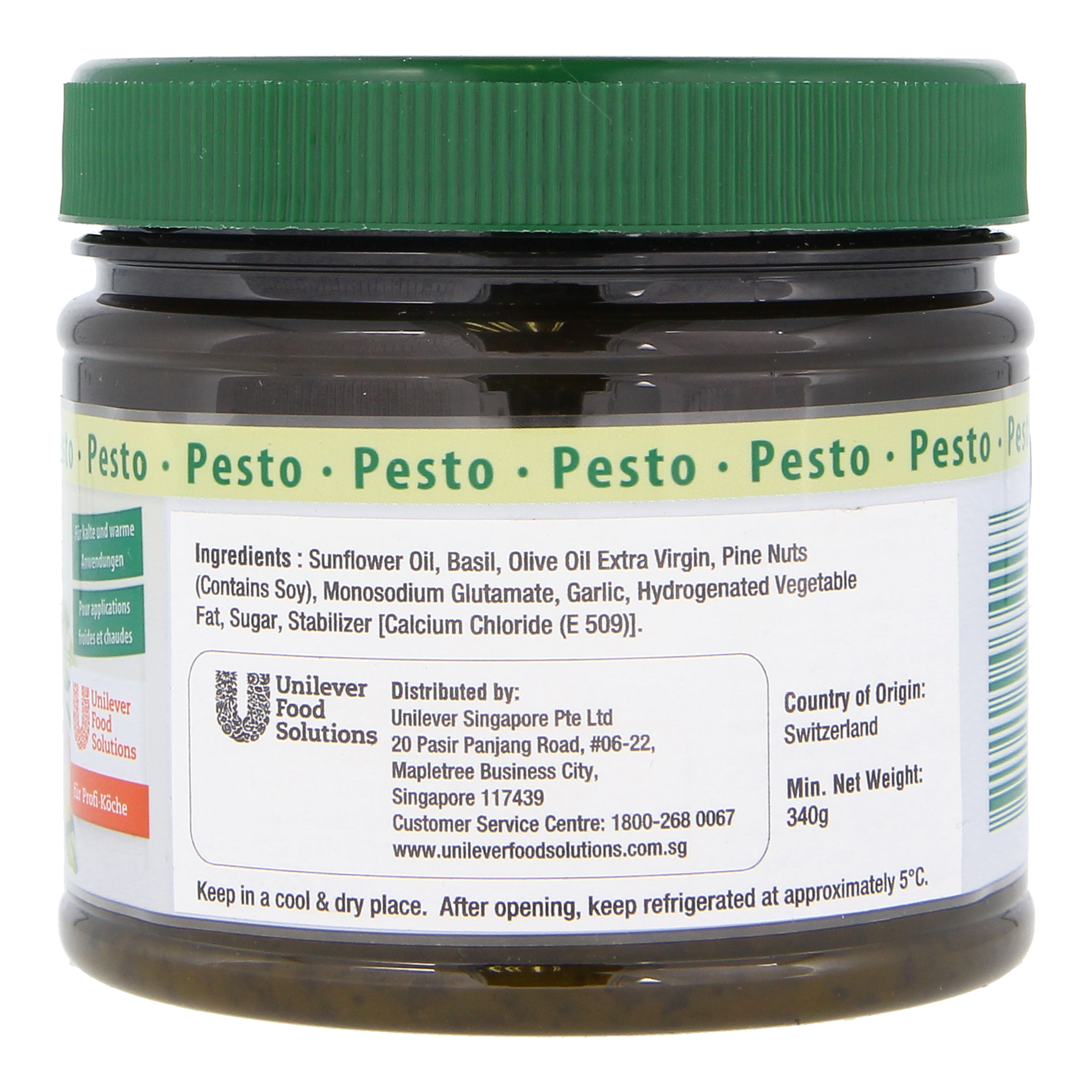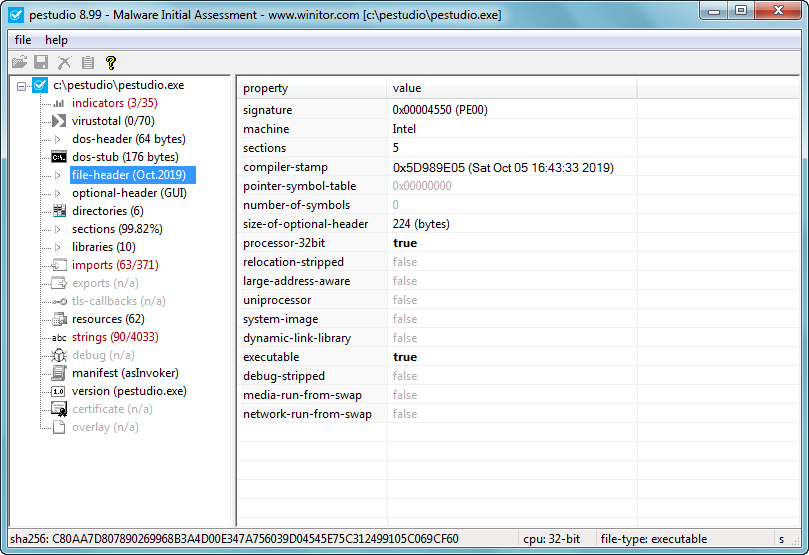

And although it's not novel, LotL is still one of the preferred approaches even for highly skilled attackers.

Pestudio paloalto software#
Bad actors have been using legitimate software and functions to target systems and carry out malicious attacks for many years. In security, "Living off the Land" (LotL or LOTL)-type attacks are not new. Therefore, we are proud to be able to have these specialists in cybersecurity share what they have learned on the frontlines:ġ8:00 - 18:45 Tiberiu Boros, Andrei Cotaie - Living off the land As you know, our team cares deeply about sharing information, tooling and knowledge as openly as possible. We are very happy to announce that we are restarting our meetup series. In an incident maybe you don't have the time to write automation but if you can it could help.Wed, May 25, 2022, 3:00 PM - 6:00 PM (your local time) If you're researching one family and it's variants you'll have a lot of files so it's helpful to automate parsing.
Pestudio paloalto full#
The goal here is writing a full report or article.Īn advanced level goal for both types of malware analyst is to automate parsing the configuration data (C2 IPs, RC4 keys, dropped file names). With this signature you'll hunt for more malware, study differences and the evolution of certain samples.
Pestudio paloalto code#
You'll make a YARA signature on some unique items: strings, resources, encryption keys or (hopefully) some unique code bytes. If nothing happens in the sandbox and you expected something to happen, you have to look for sandbox evasion, missing dependencies that the analysts may not have given you, or anti-debugging if your sandbox isn't the best.įrom the threat intel/research side you're looking generally for similarities between malware like genealogy, family classification, etc. In turn, you should actually understand what you're reading in a sandbox report at least, since that's your most efficient source of info. They come back to you with more, rinse, repeat. Pull IOCs, provide additional items for the IR analysts to pivot on and find more. If you're supporting IR you generally take the sample straight to sandbox (get context on the execution to make sure you're running it correctly with the right arguments). I've done both malware analysis from the IR side and the threat intel side.
Pestudio paloalto free#
Feel free to ask any follow-up questions and I’ll do my best to answer. These are the two of types of analyst roles in my experience, with some in-between, obviously.

This is a research heavy, non operational role. You may work analysis requests for other stakeholders and inform them of your findings. You’ll understand what and why a piece of malware, binary, script or otherwise, does what it does. This will involve heavy reversing in tools like IDA, X96DBG, leveraging tools like Maltego to build intelligence relationships between threat actors. Other roles will be more research and tracking oriented. This is a fast-paced, heavily operational role. You might also do some debugging, pull out some shellcode, use things like SCDBG, etc to define your actions. This could involve basic binary triage tools like PEStudio, Cuckoo, CyberChef, etc. You’ll do things like respond to alerts pushed to your UI of choice, take the context of the detection into account and triage and do moderate study and reversing of the binaries to inform your remediation or actions to prevent further action on objective. Hey there, so there are a couple of answers here.įirst and what I do (so can speak the most to) is an analyst that also operates in somewhat of a SOC sort of role.


 0 kommentar(er)
0 kommentar(er)
